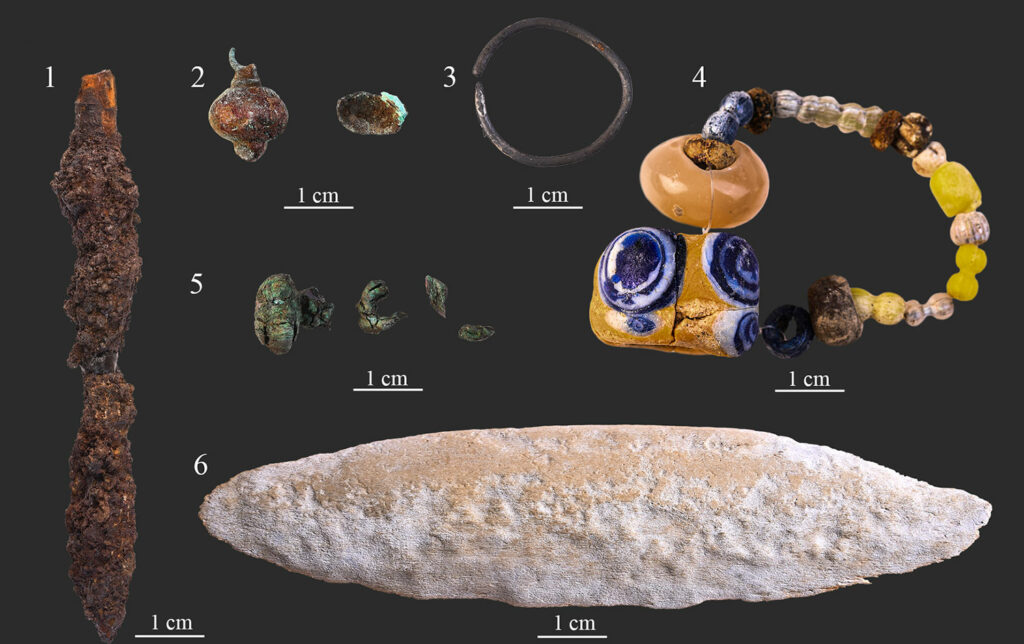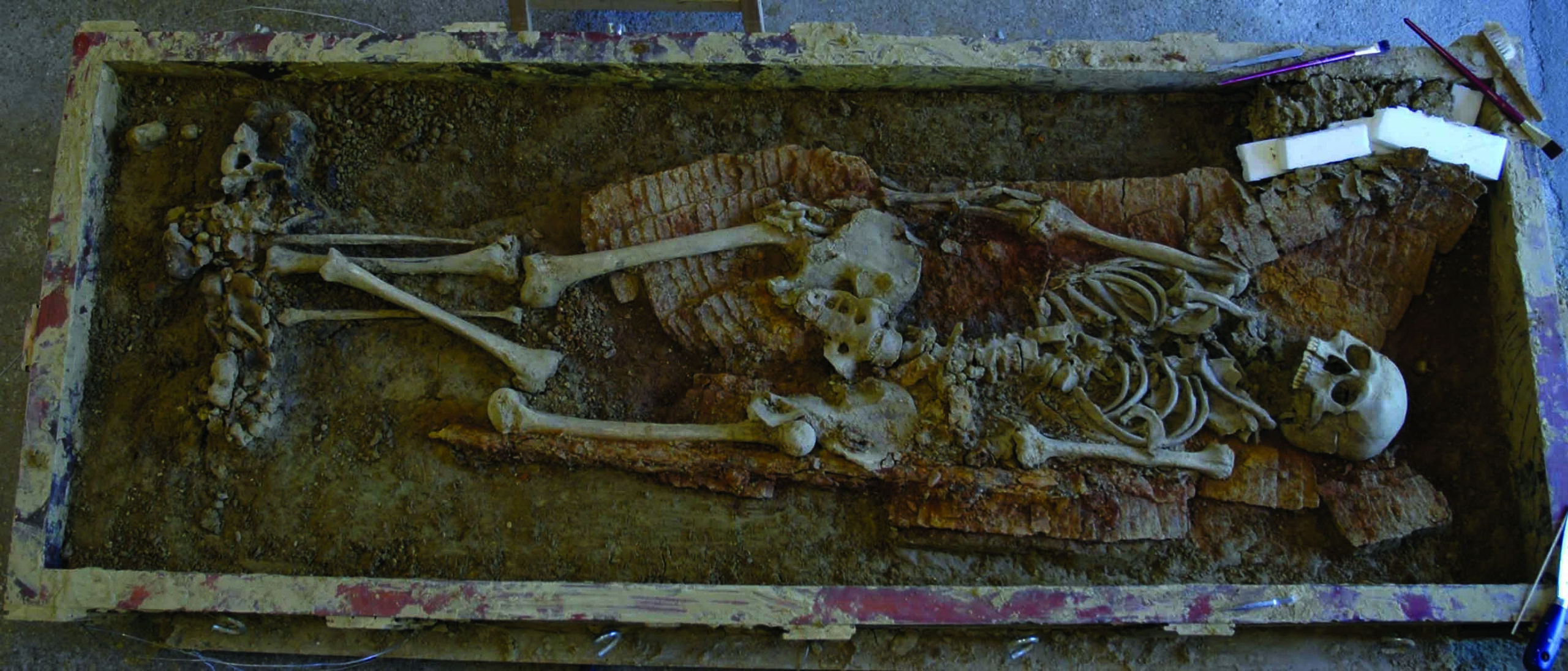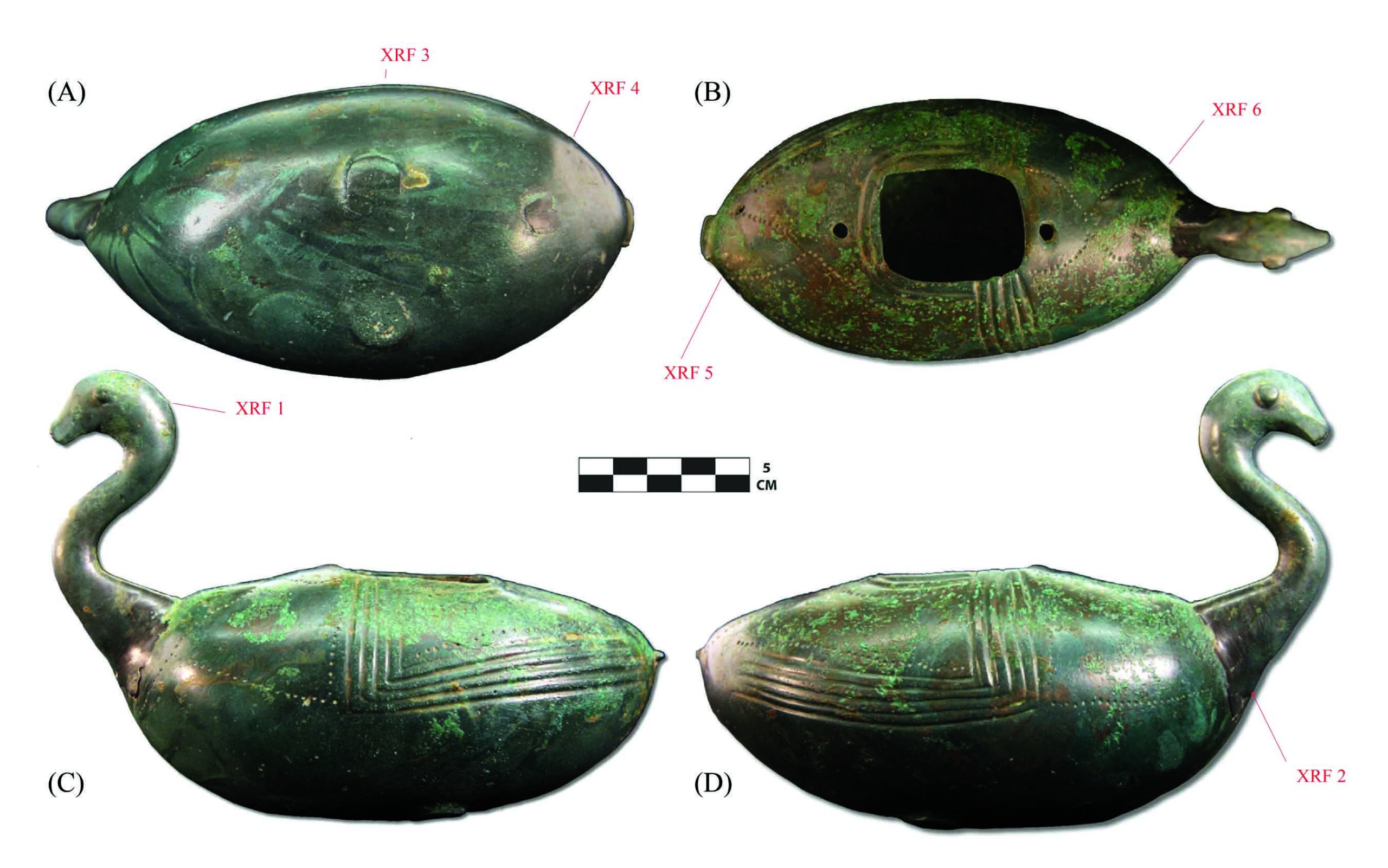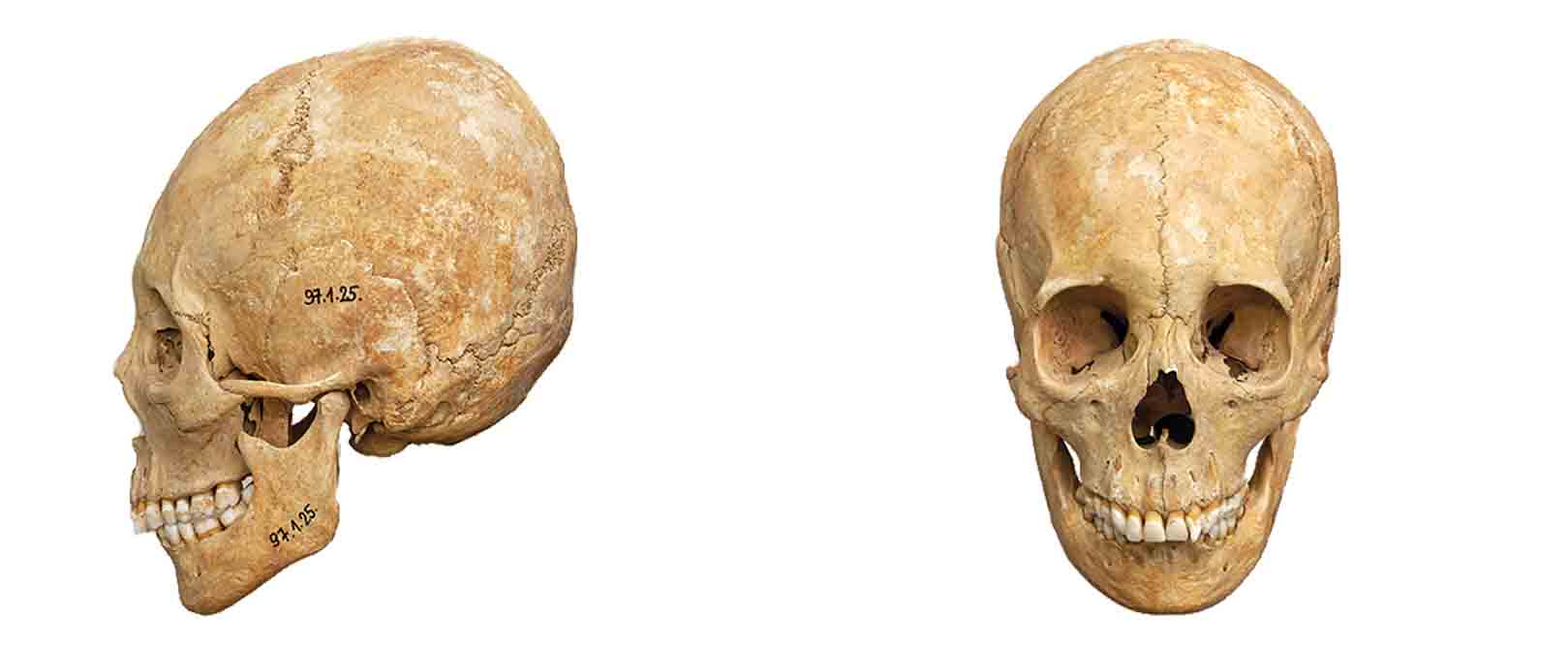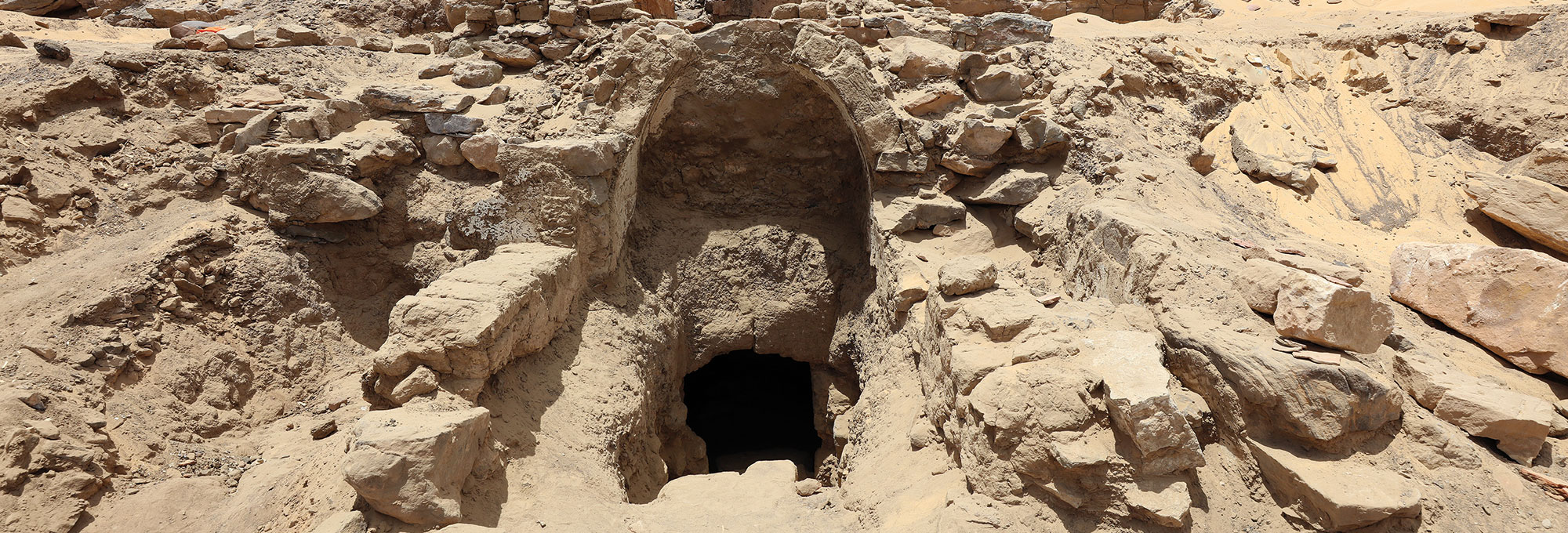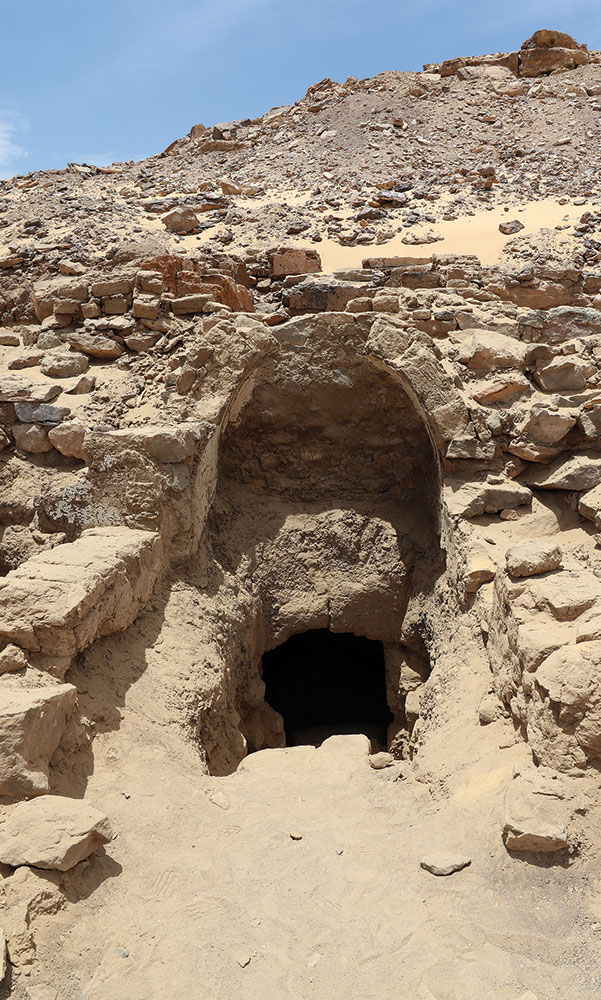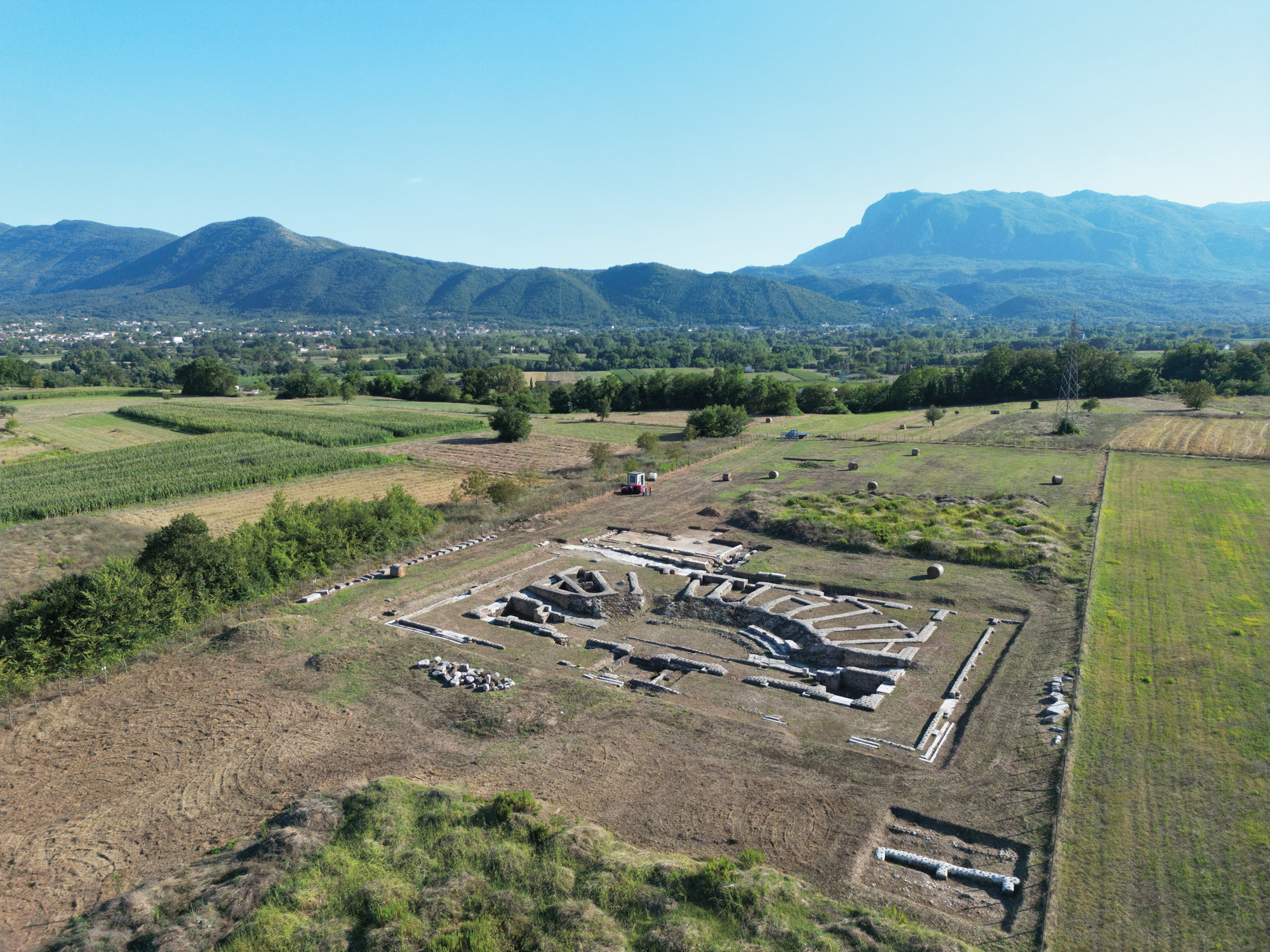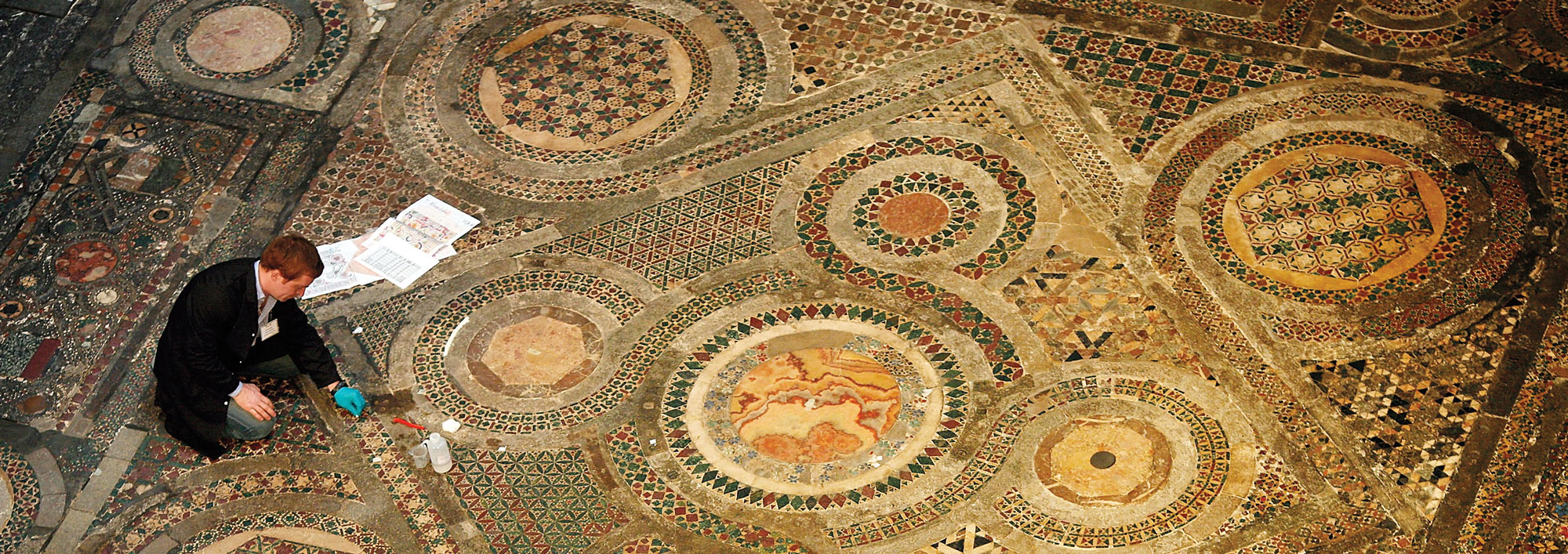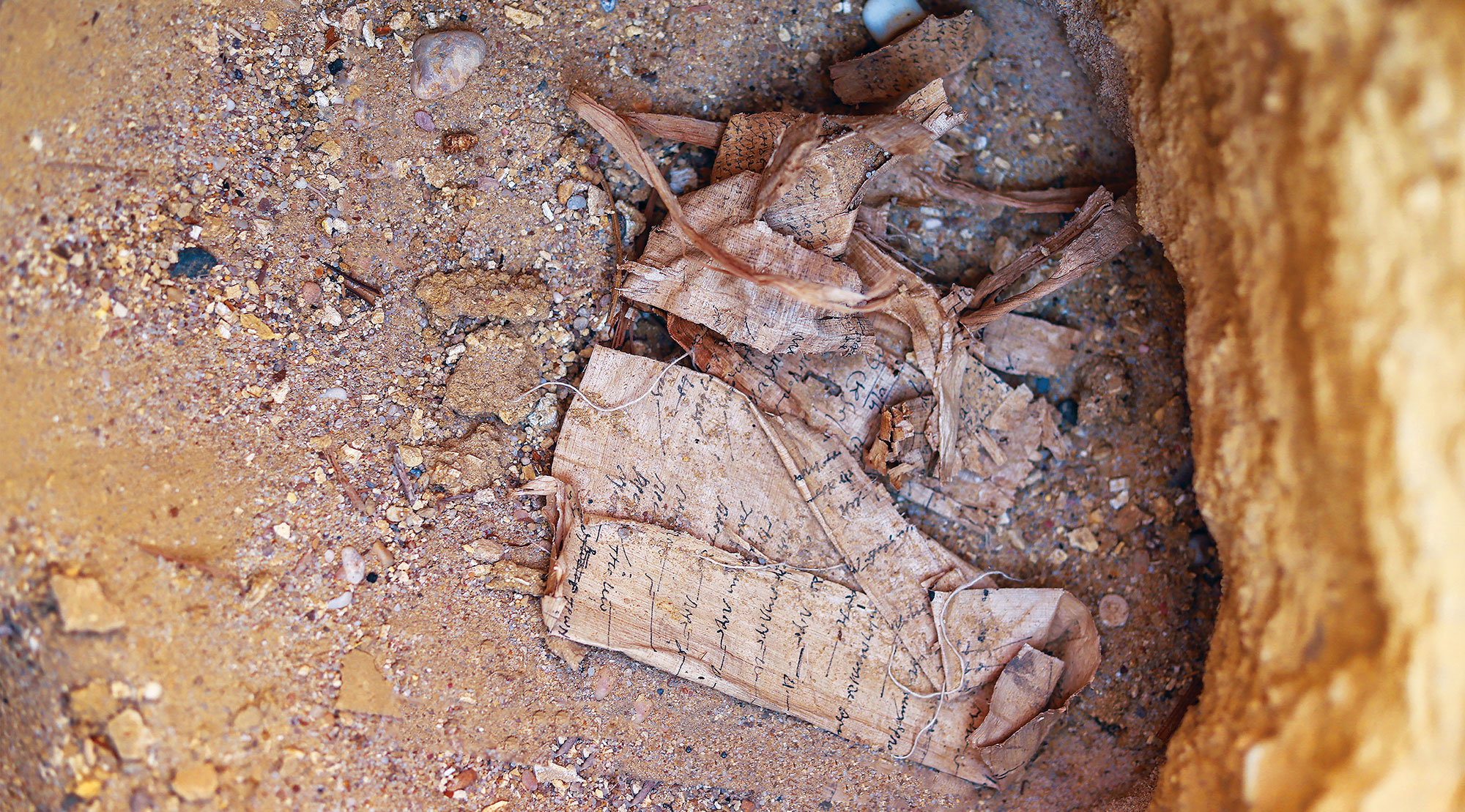HAJDÚ-BIHAR, HUNGARY—According to a Newsweek report, scientists led by Balázs Tihanyi of the University of Szeged reexamined the contents of a burial from a tenth-century Magyar cemetery in eastern Hungary that was excavated in the 1980s. The researchers noted that jewelry has been recovered from men’s graves in the region, but weapons had not yet been identified in a woman’s tenth-century burial in the Carpathian Basin. This individual, however, was buried with jewelry and archery equipment, including a silver hair ring, a string of beads, fragments of bell buttons, an arrowhead made to pierce armor, iron parts of a quiver, and an antler bow plate. The new analysis of the poorly preserved skeletal remains suggests that the bones belonged to an adult woman who engaged in regular physical activity. Yet, it is not clear if she was a warrior, the researchers explained, since Magyar women were likely trained to defend themselves and their livestock. It is also unclear if the weapon belonged to the woman in life, or if it may have been a gift to the deceased from the community, Tihanyi concluded. Read the original scholarly article about this resource in PLOS ONE. To read about a powerful nomadic group who ruled much of Europe in Late Antiquity, go to "The Avars Advance."
